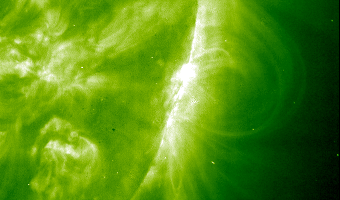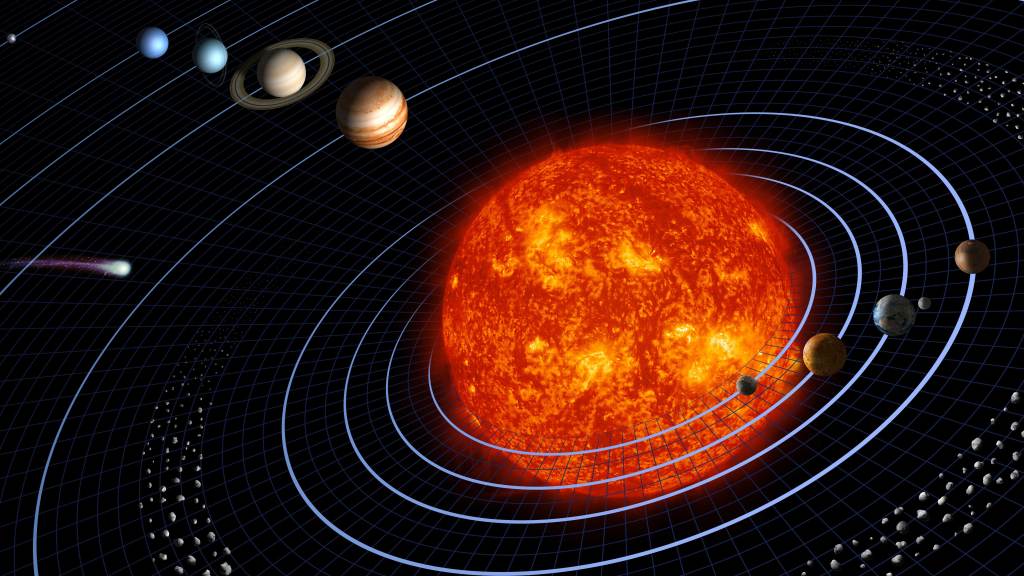Heliophysics Big Idea 1.1
The Framework for Heliophysics Education
Quick Facts
The Sun is really big and its gravity influences all objects in the solar system.
Guiding Questions
-
Introductory Learner (K-5)
What causes the changes we observe in the sky each day, month, and year, i.e. light, shadows, and positions of objects?5-ESS1-2. Represent data in graphical displays to reveal patterns of daily changes in length and direction of shadows, day and night, and the seasonal appearance of some stars in the night sky.
5-PS2-1. Support an argument that the gravitational force exerted by Earth on objects is directed down. -
Intermediate Learner (6-8)
How do gravitational forces in the Sun-Earth-Moon system cause seasons, eclipses, and lunar phases?MS-ESS1-1. Develop and use a model of the Earth-sun-moon system to describe the cyclic patterns of lunar phases, eclipses of the sun and moon, and seasons.
MS-ESS1-2. Develop and use a model to describe the role of gravity in the motions within galaxies and the solar system the role of gravity in the motions within galaxies and the solar system
MS-ESS1-3. Analyze and interpret data to determine scale properties of objects in the solar system.
MS-PS2-4. Construct and present arguments using evidence to support the claim that gravitational interactions are attractive and depend on the masses of interacting objects. -
Advanced Learner (9-12+)
Why don't we experience an eclipse each month?HS-ESS1-4. Use mathematical or computational representations to predict the motion of orbiting objects in the solar system.
HS-PS2-4. Use mathematical representations of Newton’s Law of Gravitation and Coulomb’s Law to describe and predict the gravitational and electrostatic forces between objects.

Related Topics By Level For Communicating Heliophysics
Corona
What should learners know about this topic at each level?
Introductory: The Sun is a star, but seen up close by us. The Sun is the center of our Solar System and is the largest object in our Solar System. The Sun appears to have been active for 4.6 billion years and has enough fuel for another 5 billion years or so. The Sun has layers like an onion. The Sun is an above-average star in terms of mass, temperature, and size. Most of the stars in our galaxy are smaller, cooler, and less massive than our Sun.
Intermediate: Strong, dynamic magnetic fields on the Sun cause sunspots, solar flares, prominences, and coronal mass ejections. The Sun has six major regions: the core, radiative zone, convective zone, photosphere, chromosphere, and corona. The Sun’s layered regions are marked by changes in density, from the highest density in the core to the lowest density in the corona. At the end of its life, the Sun will start to fuse helium into heavier elements and begin to swell up, ultimately growing so large that it will swallow Earth. After a billion years as a ‘red giant,’ it will suddenly collapse into a ‘white dwarf.’ It may take a trillion years to cool off completely.
Advanced: Energy moves outward from the core through the radiative zone by way of electromagnetic radiation colliding with matter. Energy moves outward through the convection zone through “convection”: the rising of hot matter that cools and falls, heats up and rises again. The photosphere is a glowing shell of matter at the outer layer of the convection zone. It emits energy primarily as visible light. The chromosphere is a glowing shell of matter between the photosphere and corona. It emits energy primarily as ultraviolet light and is hotter than the photosphere. The corona is the outer atmosphere of the Sun. It emits energy primarily as ultraviolet light and is hotter than the chromosphere. The Sun’s atmosphere blows out into the Solar System as a stream of charged particles called the “solar wind.”
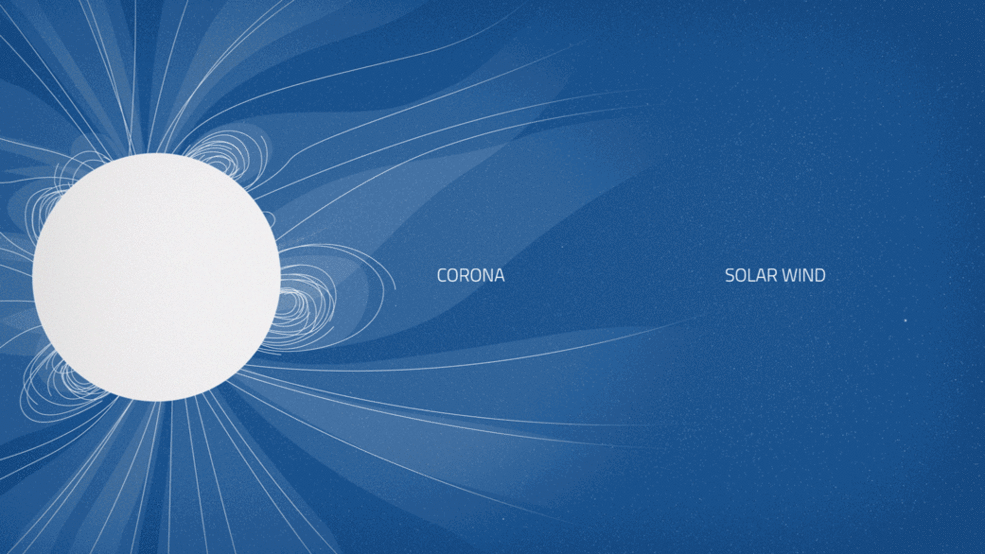
Lunar Eclipse
What should learners know about this topic at each level?
Introductory: During a lunar eclipse, Earth comes between the Sun and the Moon, blocking the sunlight falling on the Moon.
Intermediate: When the Moon is entirely in the Earth's umbra (known as a total lunar eclipse or umbral eclipse), all sunlight reaching the lunar surface has been refracted or scattered through Earth's atmosphere. When the Moon is in Earth's penumbra (known as a penumbral eclipse), illumination comes from both direct sunlight and sunlight refracted and scattered through the planet's atmosphere. During some stages of a lunar eclipse, the Moon can appear reddish. This is because the only remaining sunlight reaching the Moon at that point is from around the edges of the Earth, as seen from the Moon's surface.
Advanced: The Moon moves into the inner part of Earth’s shadow, or the umbra. Some of the sunlight passing through Earth’s atmosphere reaches the Moon’s surface, lighting it dimly. Colors with shorter wavelengths ― the blues and violets ― scatter more easily than colors with longer wavelengths, like red and orange. Because these longer wavelengths make it through Earth’s atmosphere, and the shorter wavelengths have scattered away, the Moon appears orangish or reddish during a lunar eclipse. The more dust or clouds in Earth’s atmosphere during the eclipse, the redder the Moon appears.

Lunar Phases
What should learners know about this topic at each level?
Introductory: The only object in the solar system that shines with its own light is the Sun. A very small portion of this light is directed towards Earth and the moon, illuminating the daytime-half of our planet in its orbit and reflecting off the surface of the Moon to create moonlight.
Intermediate: Like Earth, the Moon has a day side and a night side, which change as the Moon rotates. The Sun always illuminates half of the Moon while the other half remains dark, but how much we are able to see of that illuminated half changes as the Moon travels through its orbit. When sunlight hits off the Moon's far side — the side we can't see without from Earth the aid of a spacecraft — it is called anew Moon. When sunlight reflects off the near side, we call it a full Moon. The rest of the month we see parts of the daytime side of the Moon, or phases. These eight phases are, in order, new Moon, waxing crescent, first quarter, waxing gibbous, full Moon, waning gibbous, third quarter and waning crescent. The cycle repeats once a month (every 29.5 days).
Advanced: One of the biggest misconceptions is that there is a 'dark side' of the moon. This cannot happen because the moon rotetes once upon its axis in the same number of days and hours as it orbits Earth. This has happened because when the moon was formed, became gravitationally 'locked' into this 1-to-1 spin-orbit resonance, which forces its 'day' and 'year' to be exactly equal. The Moon will always show exactly the same side towards Earth as a result. Mercury is in a slightly different 3-to-2 resonance where it rotates 3 times on its axis for every 2 orbits of the Sun.
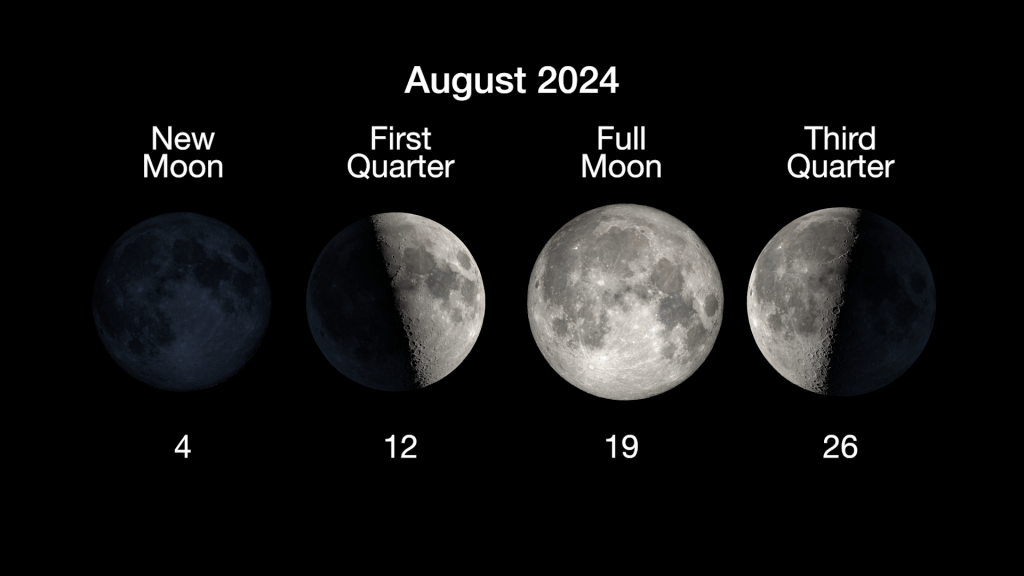
Newton's Law of Gravity
What should learners know about this topic at each level?
Introductory: All bodies attract each other with what is called gravitational attraction. This applies to the largest stars as well as the smallest particles of matter.
Intermediate: Gravity can be mathematically modeled and used to predict the motions of the sun, planets and other objects in the universe. Its strength was determined by Newton to follow an inverse-square Law such that if you double the distance between two bodies, the strength of te interaction diminished by a factor of four. The strength is also proportional to the product of the masses of the two bodies. Experiments and observations have confirmed this model for gravity from scales of a few centimeters, to the scale of galaxies and the universe.
Advanced: There are three fundamental forces in Nature called electromagnetism and the strong and weak nuclear interactions. Detailed quantum medchaanical models exist for these three interactions that depend on particles exchanging force-carrying particles that are unique to each force. Gravity, however, does not follow this pattern of having a force-carrier. According to Albert Einstein's theory of general relativiy, gravity is not a force at all. It is caused by the curvature of spacetime. This model for gravity has been successful in predicting black holes and the evolution of our 'Big Bang' universe.
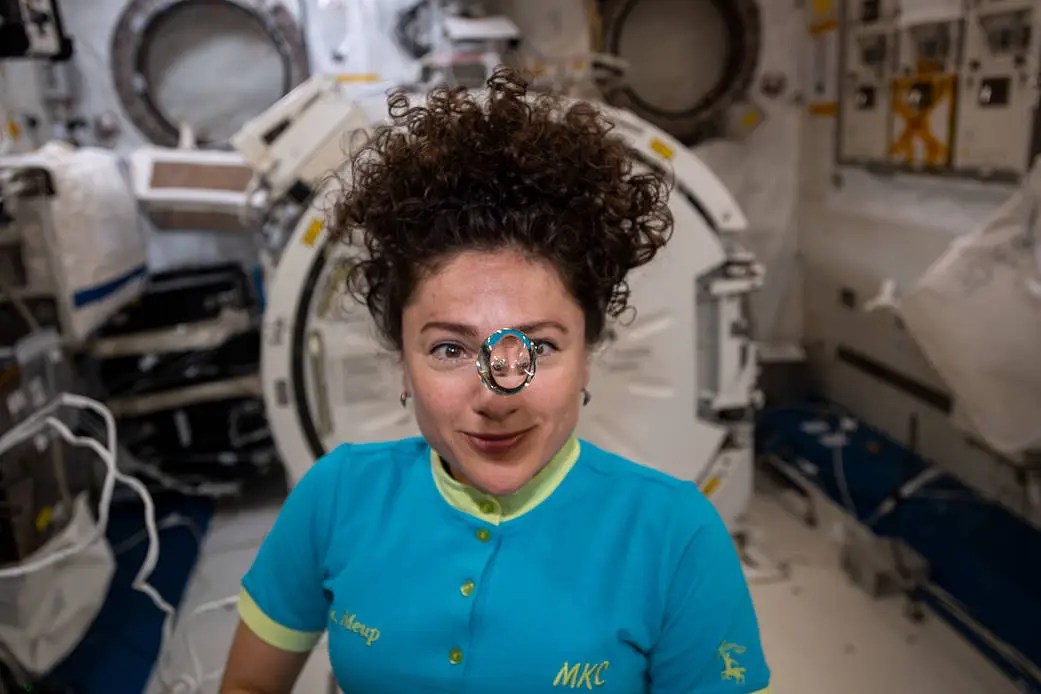
Seasons (and Sunlight)
What should learners know about this topic at each level?
Introductory: We can only see the Sun in the daytime. The Sun appears to move slowly across the sky during the day. Light from the sun is made up of a mixture of many different colors of light, even though to the eye the light looks white.
Intermediate: The rotation of Earth on its axis every 24 hours produces the night-and-day cycle. To people on Earth, this turning of the planet makes it seem as though the Sun orbits the Earth once a day. The Earth orbits the Sun, and the Moon orbits the Earth. The number of hours of daylight and the intensity of the sunlight both vary in a predictable pattern that depends on how far north or south of the equator the place is. This variation explains why temperatures vary over the course of the year and at different locations.
Advanced: Because the Earth turns daily on an axis that is tilted relative to the plane of the Earth's yearly orbit around the Sun, sunlight falls more intensely on different parts of the Earth during the year. The difference in intensity of sunlight and the resulting warming of the Earth's surface produces the seasonal variations in temperature.
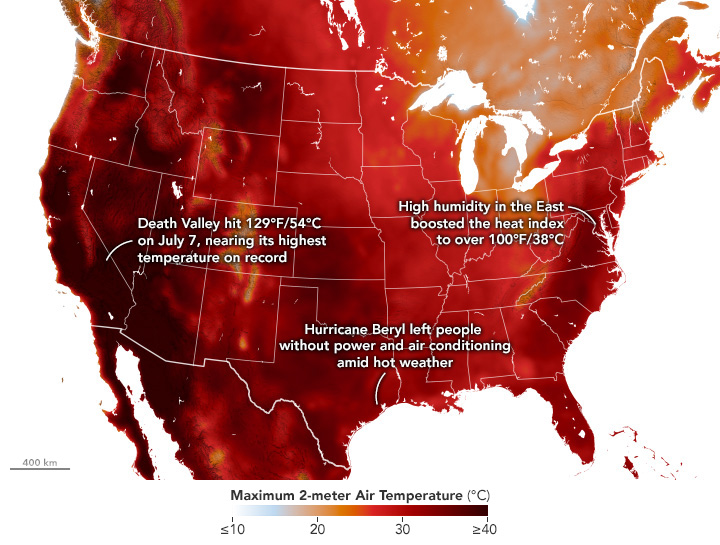
Solar Eclipse
What should learners know about this topic at each level?
Introductory: During a solar eclipse, the Moon passes between the Sun and Earth, blocking all or part of the Sun for the viewer.
Intermediate: Depending on where Earth and the Moon are in their orbits, there are different types of solar elclipses. An annular eclipse happens when the Moon is lined up between the Sun and Earth, but at its farthest point from Earth. Because the Moon is farther away from Earth, it seems smaller. It does not block the entire view of the Sun. A total eclipse happens when the Moon is lined up between the Sun and Earth, but at its closest point from Earth. Because the Moon is closer to Earth, it seems bigger. It blocks the entire view of the Sun. People who see the total eclipse are in the center of the Moon’s shadow when it hits Earth. Those not in the center of the Moon's shadow will experience a partial eclipse, with only a part of the Sun appearing to be covered. A fourth type of eclipse, known as a hybrid eclipse, appears as an annular in some places and a total in others as the Moon’s shadow moves across Earth’s surface.
Advanced: We can't normally see the corona - the Sun's outer atmosphere - because the Sun's surface below itis do much brighter. But during a total solar eclipse, the corona becomes visible, offering unique opporutunities to study the structure of the magnetic fields in the Sun's atmosphere and a little lower down, the choronosphere. Scientists also study the impact of solar radiation on the upper layers of Earth's atmosphere by bouncing radio waves off the ionosphere during the eclipse. The data reveals changes in the ionosphere's density, temperature and location. The research team compared the measurements to predictions from computer models to answer questions about how the ionosphere reacts to a solar eclipse.

Solar System
What should learners know about this topic at each level?
Introductory: The solar system has one star, eight planets, five officially named dwarf planets, hundreds of moons, thousands of comets, and more than a million asteroids.
Intermediate: There are many planetary systems like ours in the universe, with planets orbiting a host star. Our planetary system is called “the solar system” because we use the word “solar” to describe things related to our star, after the Latin word for Sun, "solis." Our solar system consists of our star, the Sun, and everything bound to it by gravity – the planets Mercury, Venus, Earth, Mars, Jupiter, Saturn, Uranus, and Neptune; dwarf planets such as Pluto; dozens of moons; and millions of asteroids, comets, and meteoroids.
Advanced: The discovery of planets orbiting other stars, called exoplanets, now numbr over 5,000 and are fiund in over 4,000 distinct 'exoplanet systems' .Amazingly, none of these look like our own solar systems in terms of the kinds of planets and their distances from their stars. Astronomers still do not understand exactly why exoplanets in other planetary systems look so different from our own planets, although twins to our palnets have been found in numerous other systems.
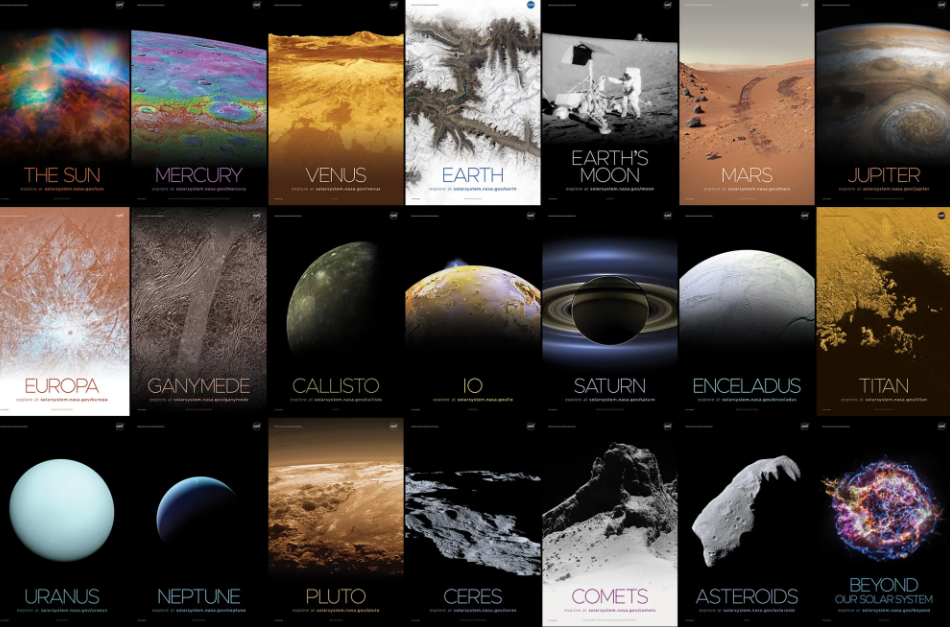
Transits
What should learners know about this topic at each level?
Introductory: A transit happens when one body in the sky crosses in front of another from our point of view.
Intermediate: Eclipses are a type of transit. On Earth, we most often see Mercury transit the Sun, or – even more rarely – Venus (2012, 2117, 2125). Transits are also one of the primary ways scientists look for evidence of exoplanets, planets beyond our solar system. As exoplanets pass between their host star and Earth, the light we measure from the host star decreases slightly, giving scientists clues about the planet or planets that may be orbiting that star.
Advanced: Edmund Halley proposed the idea of using transits of Venus to measure the size of the solar system in 1716 when he published a paper outlining how to utilize the upcoming transits of Venus in 1761 and 1769 to calculate the Earth's distance from the Sun, known as the astronomical unit. Halley realized that by observing a transit of Venus from different locations on Earth, the apparent path of Venus across the Sun would appear slightly different due to parallax, allowing for distance calculations.

Heliophysics Resource Database
Use the guiding questions above to explore resources at each level or go directly to our database to search for resources by level, NGSS performance expectation, topic, and mission.
Resource Database